
The Exo Terra canned foods are a convenient way to feed insects. These insects (and snails) have been cooked in the can to maintain nutritional val...
View full detailsDifferent species of reptile, amphibian and insects have very unique dietary requirements, here at Kellyville Pets we are your one stop reptile food supplier for live, frozen an processed reptile food.
The most important thing to remember when feeding a reptile is to mimic what the reptile would be eating in the wild to be sure your reptile is getting adequate nutrition.

The Exo Terra canned foods are a convenient way to feed insects. These insects (and snails) have been cooked in the can to maintain nutritional val...
View full details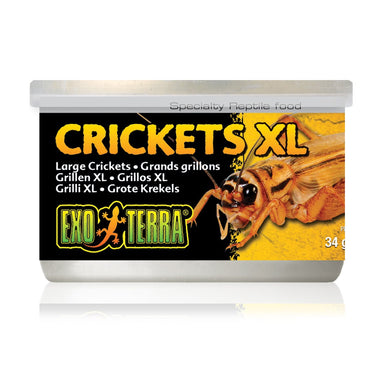
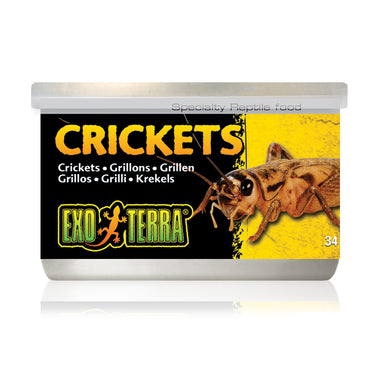
The Exo Terra canned foods are a convenient way to feed insects. These insects (and snails) have been cooked in the can to maintain nutritional val...
View full details
The Exo Terra canned foods are a convenient way to feed insects. These insects (and snails) have been cooked in the can to maintain nutritional val...
View full details

The Exo Terra canned foods are a convenient way to feed insects. These insects (and snails) have been cooked in the can to maintain nutritional val...
View full details
The Exo Terra canned foods are a convenient way to feed insects. These insects (and snails) have been cooked in the can to maintain nutritional val...
View full details
The Exo Terra canned foods are a convenient way to feed insects. These insects (and snails) have been cooked in the can to maintain nutritional val...
View full details

Mixing ratio 1-1.5 Measure the amount of powder you need into a measuring cup then multiply the mls of powder by 1.5 to get the required mls of wat...
View full details

Mixing ratio 1-1.5 Measure the amount of powder you need into a measuring cup then multiply the mls of powder by 1.5 to get the required mls of wat...
View full details

Mixing ratio 1-1.5 Measure the amount of powder you need into a measuring cup then multiply the mls of powder by 1.5 to get the required mls of wat...
View full details

This item is not available for delivery to Tasmania, Western Australia or the Northern Territory. Black Soldier Fly Larvae are one of the most nut...
View full details

This item is not available for delivery to Tasmania, Western Australia or the Northern Territory. To keep crickets alive and healthy we recommend ...
View full details
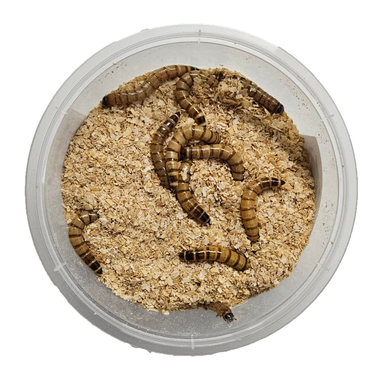
This item is not available for delivery to Tasmania, Western Australia or the Northern Territory. A great snack option for a range of insectivorou...
View full details
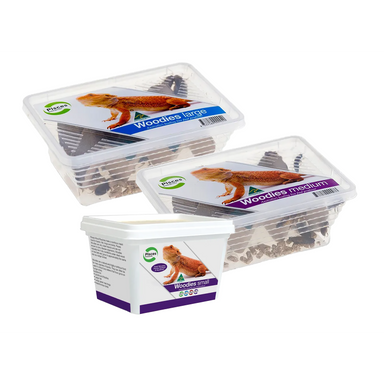
This item is not available for delivery to Tasmania, Western Australia or the Northern Territory. Wood roaches are a very popular food for various...
View full details

Nutrafin Max Turtle Pellets with Gammarus Shrimp is a nutritious pellets diet, enriched with Gammarus Shrimp and Vitamin D3 for a hard shell. Tu...
View full details
*NOTE: FROZEN FOOD IS ONLY AVAILABLE FOR CLICK & COLLECT OR SAME DAY DELIVERY FOR SYDNEY METRO* These small, select, whole mussels are well cle...
View full details
Black Soldier Fly Larvae are one of the most nutritious insect foods you can offer your reptile Natural source of protein, calcium, vitamins and m...
View full details

Pisces freeze-dried crickets are a 100% natural source of protein, calcium, vitamins and minerals, suitable for lizards, turtles, birds and fish. ...
View full details
*NOTE: FROZEN FOOD IS ONLY AVAILABLE FOR CLICK & COLLECT OR SAME DAY DELIVERY FOR SYDNEY METRO* Reptile One Frozen food is specially formulated...
View full details
*NOTE: FROZEN FOOD IS ONLY AVAILABLE FOR CLICK & COLLECT OR SAME DAY DELIVERY FOR SYDNEY METRO* Reptile One Frozen food is specially formulated...
View full details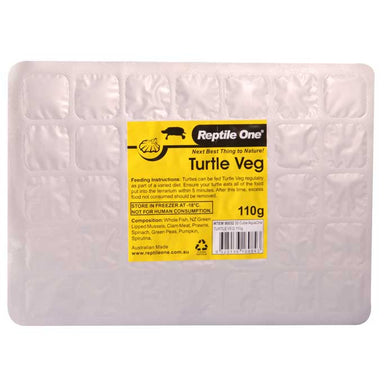
*NOTE: FROZEN FOOD IS ONLY AVAILABLE FOR CLICK & COLLECT OR SAME DAY DELIVERY FOR SYDNEY METRO* Reptile One Frozen food is specially formulated...
View full details
Reptile One Turtle Sticks are a slow sinking food intended for the daily feeding of Aquatic Turtles. Specially formulated with essential vitamins a...
View full details
